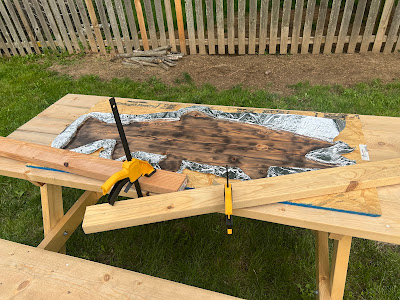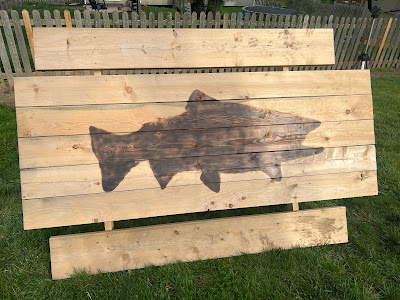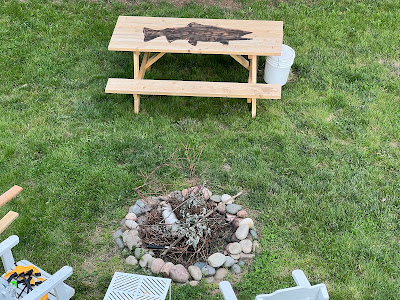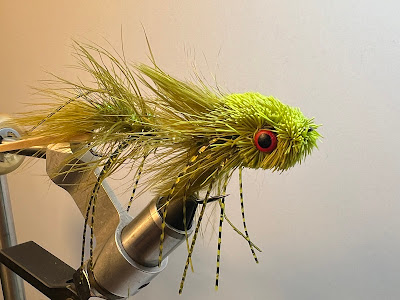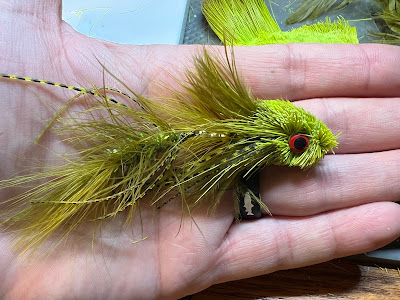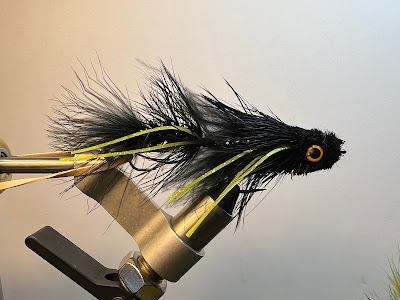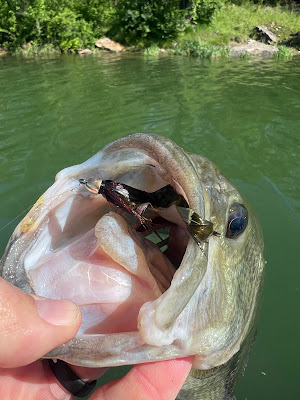Do the fish finders show fish? Absolutely! Do I catch many of those fish? Nope! For example, I went fishing earlier this week and I actually forgot to turn the electronics on. I caught plenty of fish where I thought they would be. I caught redear, crappie, and bluegill. Yes, those are plentiful species and pretty easy to find most of the time. So maybe I was catching fish that a fishfinder doesn’t need to locate for me.
On the other hand, I can think of only a handful of fish that I have caught that showed up on my finder and I fished for as a result. I have marked a lot of fish in places that I wouldn’t have fished in the past, but I’m still not catching those fish. So my question is, do I need a fishfinder at all?
I still believe I do but for less than obvious reasons. I like the fact that a fishfinder tells me water depth, water temperature, and boat speed. I can’t figure those things out on my own but a fishfinder can show me those things in real time. Do those things help me catch more fish? Probably not but I believe those are good pieces of information to know on the water.
Will I ever sink a bunch of money into a fishfinder? Probably not for a lot of reasons. But will I always have one on my boat? Yes! While they are not the end-all be-all when it comes to finding fish, they DO help give a better understanding of the water I am fishing. I will gladly take more information while I’m on the water as opposed to not enough information.





